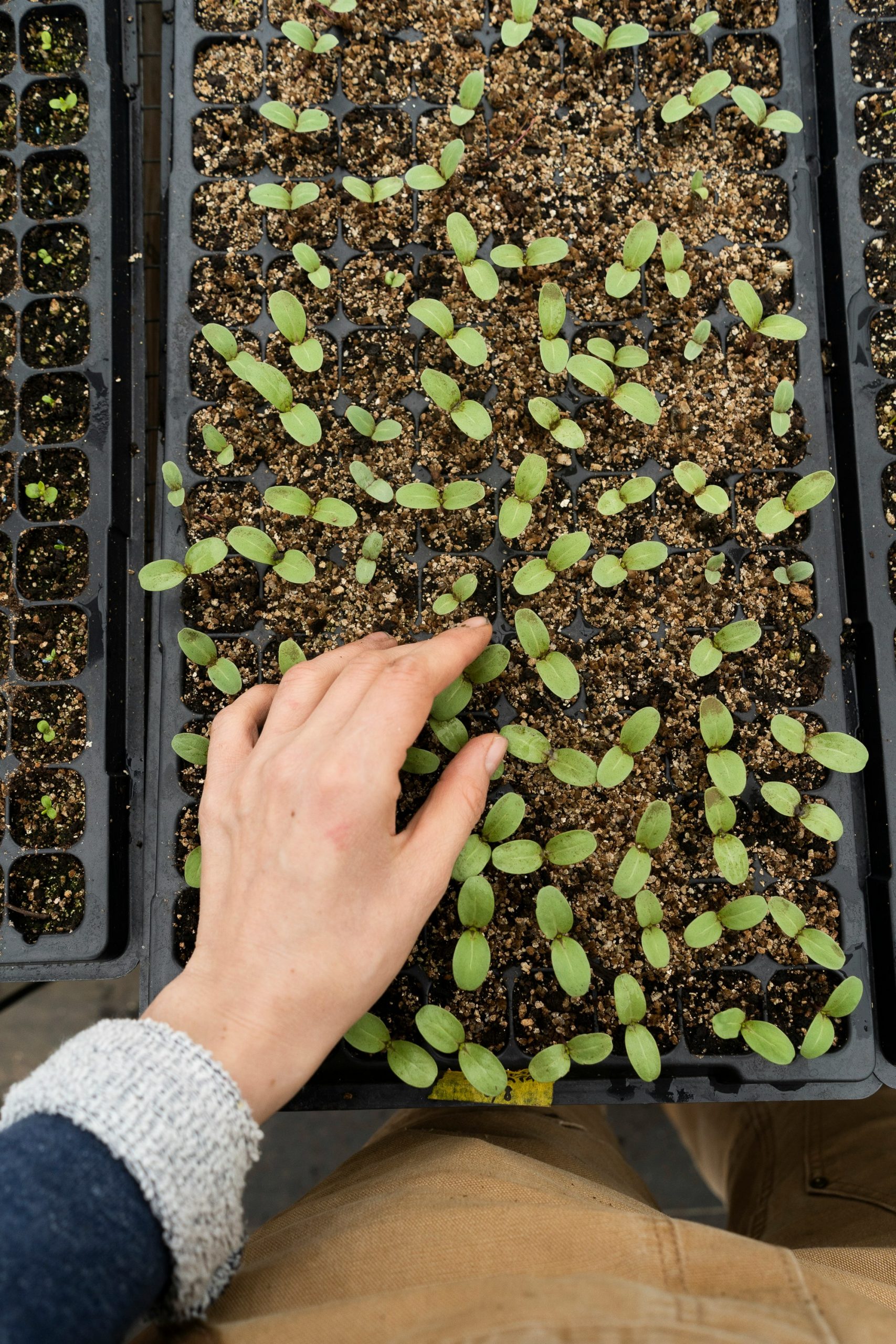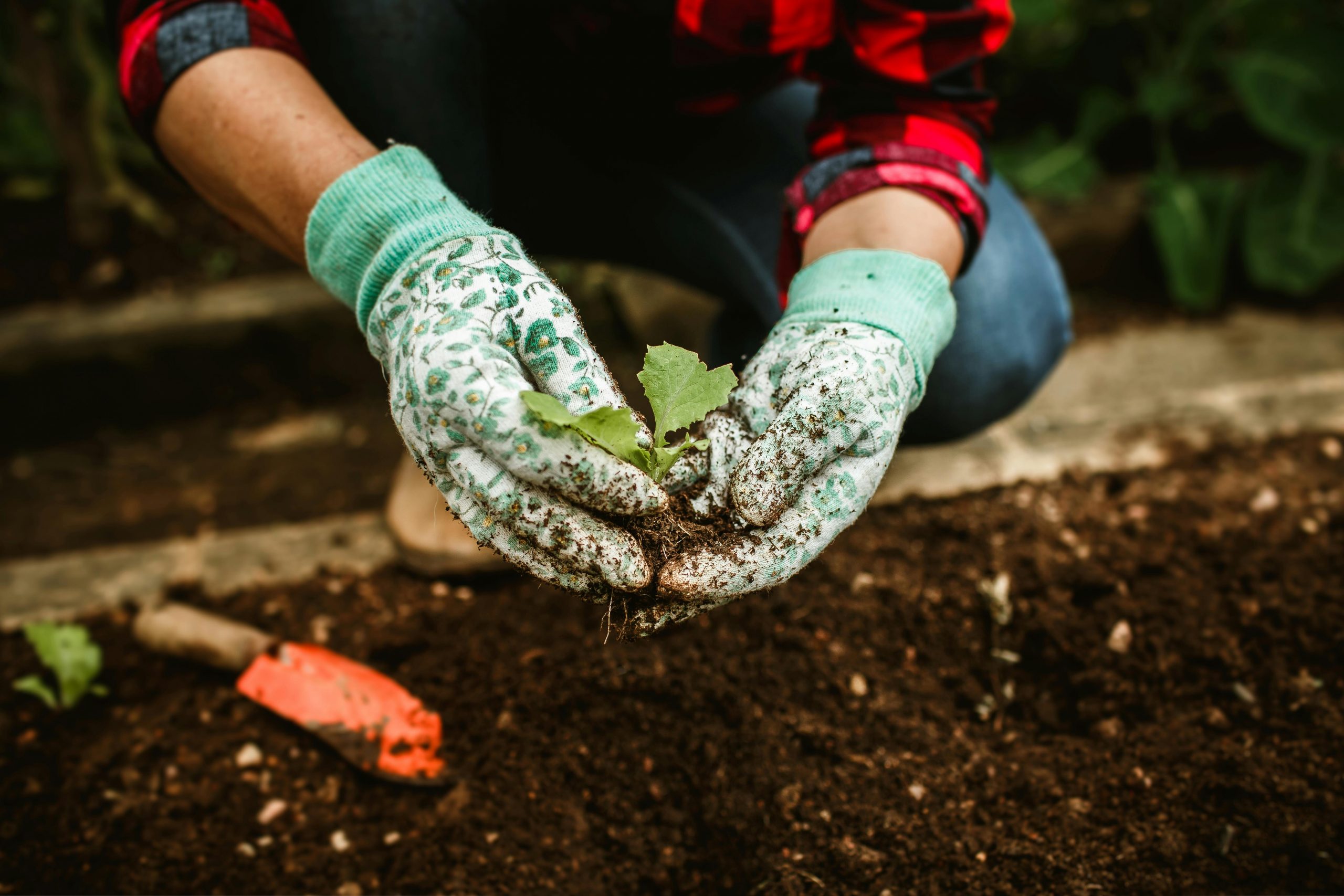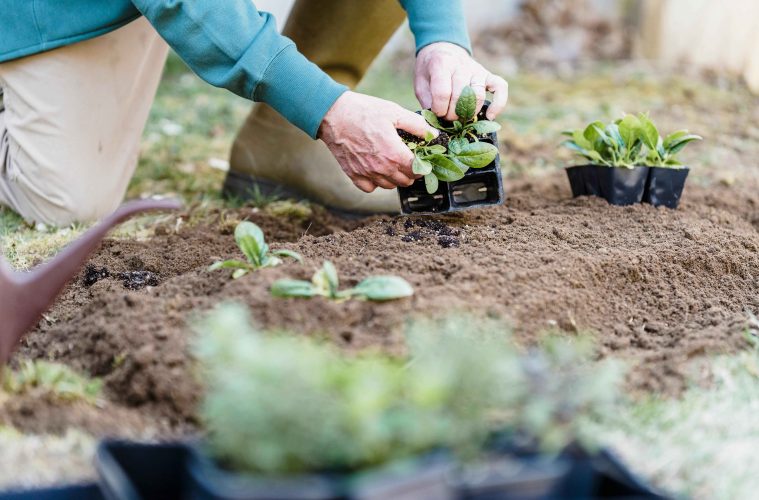Being ripped out of the soil can be traumatising for many plants and shrubs, and not all can grow back immediately. It’s important to minimise damage upon transplanting so the plant can focus on adapting instead of repairing.
Transplant shock occurs when a plant activates its survival mechanisms after being removed from the soil. This can result in symptoms such as wilting, yellowing, curling, and even the loss of leaves. In response to the shock, the roots will prioritise survival and signal the plant to conserve energy. Seedlings that have been grown indoors may not be adapted to the full intensity of sunlight, leading to scalding. This reaction is a typical indication of transplant shock.
How to handle transplant shock in seedlings
Transplant shock can be unavoidable, but there are several ways to help your seedlings thrive after moving them outdoors. To prevent transplant shock from harming your seedlings, it’s important to handle the plants carefully as you transition them from their indoor environment to their new home outside. Pay attention to their needs during this process to ensure healthy growth.

Image Credit: Pexels
1. Pay attention to the weather
Always check the weather before moving your new seedlings outside. Gardeners often make the mistake of transplanting seedlings when nighttime temperatures are still too cold, which can lead to transplant shock and potentially harm or kill the plants. Seedlings struggle to survive in cold, freezing temperatures at night. Therefore, it’s crucial to monitor the weather and provide protection for your seedlings if needed before transplanting them.
2. Don’t skip hardening off the seeds
Seedlings grown indoors under grow lights, where the temperature is nice and cosy, will have a major shock when moved outside. This will occur if there isn’t any adaptation period. Getting your indoor seedlings gradually accustomed to the outdoors is important for their survival. Hardening the seeds will provide them with good stress, enough to make them sturdy and resilient by the time they have to be transplanted.
3. Water the seed before and after
You should always water the seedlings thoroughly before and after transplanting. Soaking your young seeds just before transplanting is very important. This helps you handle the seeds by providing them with moisture. Watering your seedlings is the single best thing you could do to ease the transplant shock.
4. Never disturb the roots
When transplanting seedlings, avoid shaking off the growing medium or disturbing the soil in the root ball. If your seedlings are root-bound, you can gently untangle some of the roots to make it easier to access the soil.

Image Credit: Pexels
Besides transplant shock, you may lose a few seeds due to the presence of slugs, worms and sometimes birds in your garden. That’s the beauty of gardening. To avoid this, you could protect your seeds.
ALSO SEE: DEBUNKING WINTER GARDEN MYTHS: WHAT YOU NEED TO KNOW
Feature Image: Pexels

